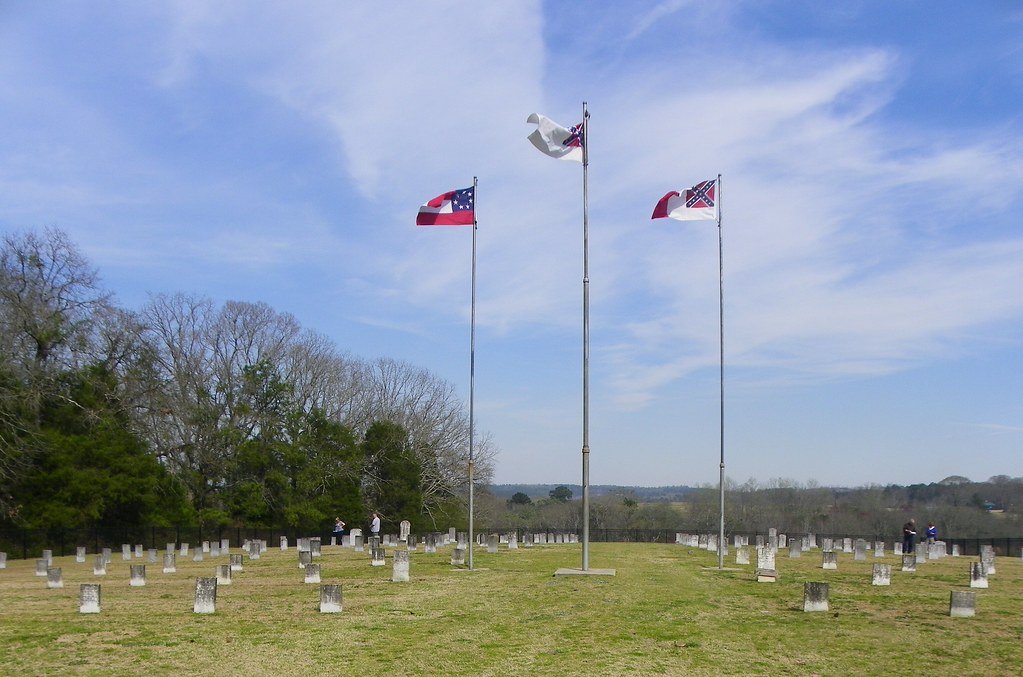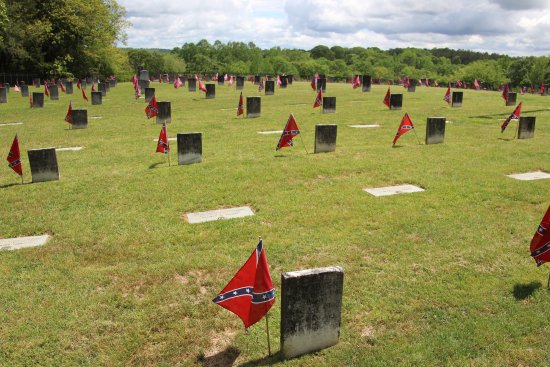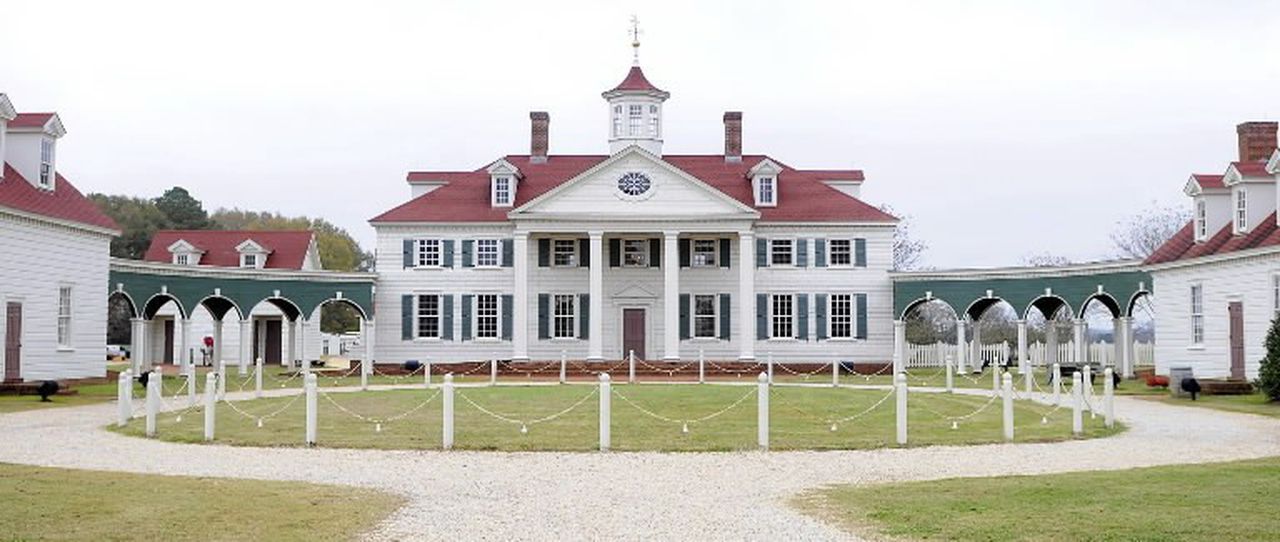The Moundsville Archaeological Park Is Very Interesting
The Moundsville Archaeological Park is not only one of the most interesting historic sites in Alabama; it is one of the most interesting in the country.
The reason for this is simple; it is considered to be the country’s second largest site in the United States for the Classic Middle Mississippi Culture.
The Mississippi Culture was a mound building Native American series of people that not only lived in the area; they flourished in it.
They are believed to have lived in the Midwestern, the Eastern, as well as the Southeastern United States between the years 800 and 1600 AD.
The largest part of this flourishing civilization lived in city called Cahokia, which is located in what is today the state of Illinois.
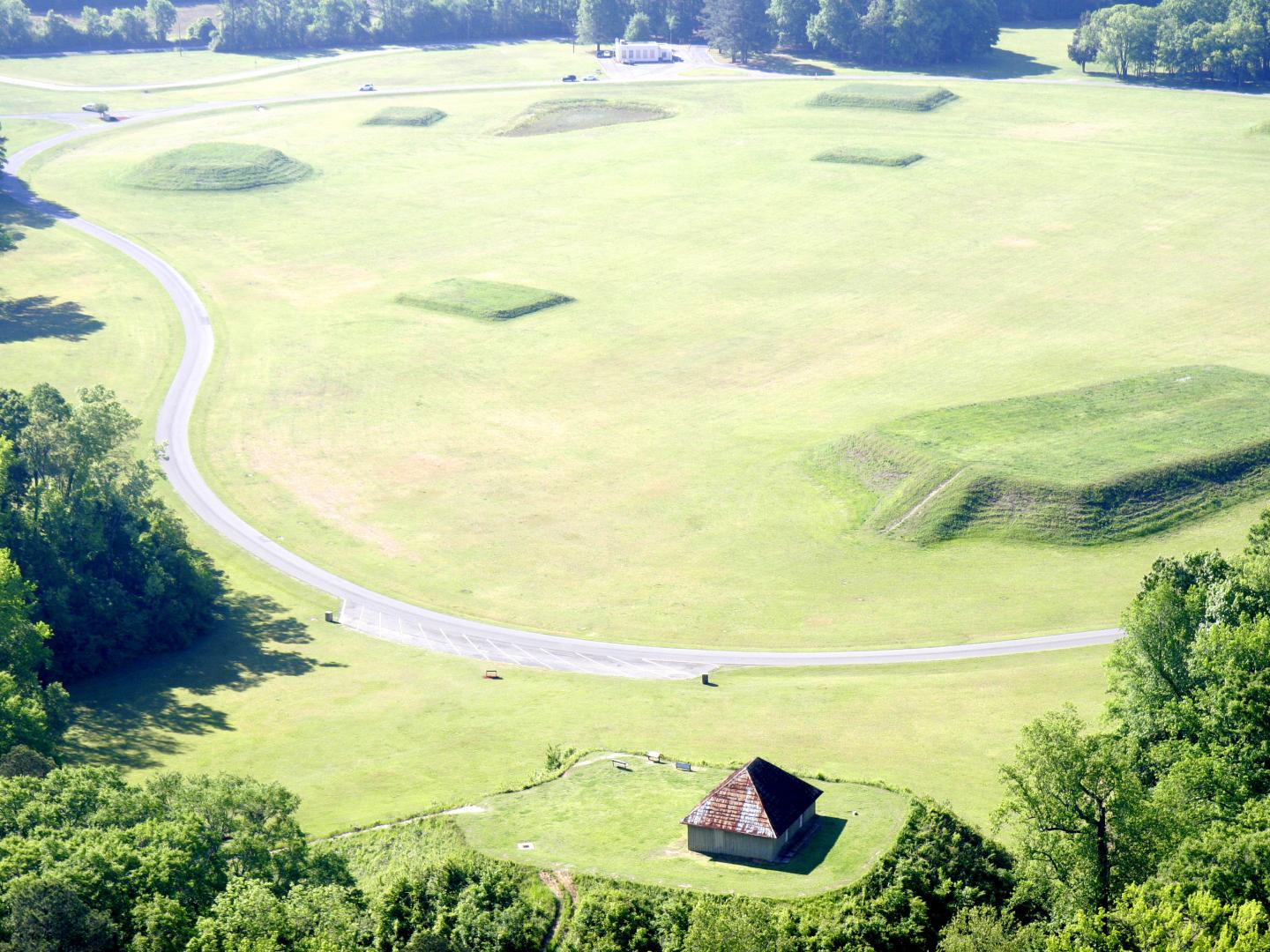 The Moundsville Archaeological Park
The Moundsville Archaeological ParkHowever, the second largest civilization lived in the Moundsville Archaeological Park area, which is located on the Banks of the Black Warrior River.
The park is located about 14 miles south of Tuscaloosa, Alabama, near the town named after it, Moundsville.
The site of this historic park was declared a National Historic Landmark in 1964, and two years later in 1966, it was added to the National Register of Historic Places.
The History of the Moundsville Archaeological Park
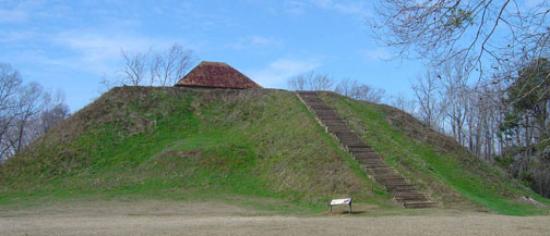 The Moundsville Archaeological Park In Alabama
The Moundsville Archaeological Park In AlabamaThe Moundsville Archaeological Park is one of the many Mississippi culture sites in the United States, and it has a very interesting history.
After years of very extensive archaeological research, it was determined that this site in the state of Alabama served two major purposes.
It was a political as well as a ceremonial center for a vast and advanced Native American culture, between the 9th and 16th centuries.
The park that it sets on today covers more than 185 acres, which are made up of over 29 platform mounds built around a rectangular plaza.
It was largely ignored by the Ethnology’s Division of Mound Explorations, until the early 1900’s, because the owner of the land wanted it left alone.
It was being looted by locals and tourists on a regular basis, so he imposed a fee on anyone that wanted access to the land.
The first extensive and serious archaeological research into the area was conducted by Clarence Moore, who investigated the site around 1906.
However, this only brought more looting to the area, and in the early 1920’s, local residents became very concerned.
They were led by Walter B. Jones, a renowned geologist, who started an effort to save the site and the mounds.
Mr. Jones, whom the sites museum is named after today, sought the help of the Alabama Museum of Natural History.
With their combined efforts, that area around the mounds and the land they were located on were purchased by the state, and in 1933, it officially became known as the Mound State Park.
The Civilian Conservation Corps was then brought in to help stabilize the erosion that was occurring on the mounds, and to help develop the area.
They helped to do both and built roads and buildings in the area, and it officially opened to the public in 1939.
Complete knowledge about the area all came from archaeology and as the science that surrounds it has evolved, it has told us a lot about the site.
The site was believed to have been founded in the early 1100’s, by the Native Americans that lived in the area of the Mississippi River.
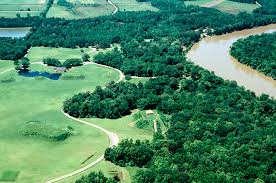 The Moundsville Archaeological Park
The Moundsville Archaeological ParkThis site was a well-defined planned community for those ancient times, as the archaeology shows us.
The huge plaza it was located in was apparently artificially filled and then leveled, and the 29 mounds located there were very carefully built and placed.
It is believed that these mounds were built by placing soil dug from nearby pits and placing it in baskets.
These baskets were than carried to the location of the mounds, where they were formed.
This was a well-orchestrated effort by these Native Americans, as the places they dug the dirt from are now small lakes in the area.
Most of the 29 mounds are flat topped platforms that were built over several years, in what appears to have been a series of stages.
The mounds located at Moundsville Archaeological Park vary in size from 3 feet high, to a massive 57 feet high.
The reason for this type of construction is still not fully understood, or why the area was so large.
However, what is known is that these Native Americans hunted in this area, fished there, as well as grew crops there.
It is also believed that during this time frame, the Native Americans increased their corn production, which allowed for large settlements to be built.
With this increase in what was one of their major sources of food, they were able to support larger populations.
However, there may also have been a third reason this area was built other than for the first two obvious reasons of political and ceremonial: fortification or defense.
The height of some of these mounds suggests they might have been used in warfare as protection, for one very important factor.
Archaeologists also found a log-walled palisade and earthwork structure erected on the site near the mounds, suggesting a defensive structure.
Experts estimate that this site held over 1,000 people during its glory, and there were likely many smaller farms and homes along the main towns located on the Black Warrior River.
The Social Structure of the Moundsville Archaeological Park
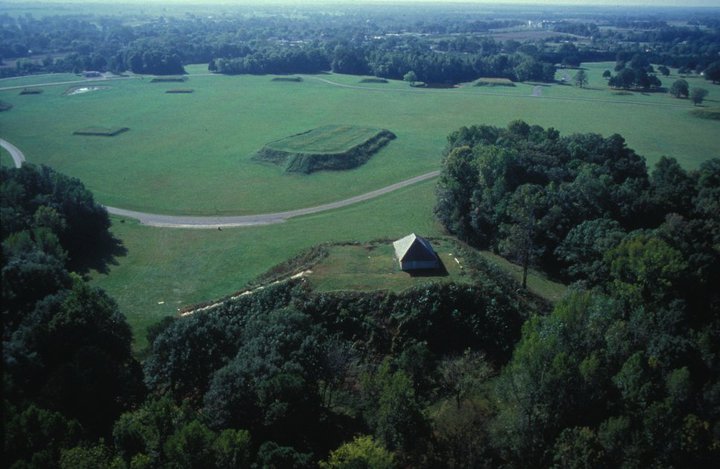 Overhead View of the Moundsville Archaeological Park
Overhead View of the Moundsville Archaeological ParkWhile the rise of what is now the Moundsville Archaeological Park or its decline is not fully understood, the social structure it represented is.
The reason for this is simple; the form as well as the arrangement of the mounds reveals a structure we would refer to today as social or economic in nature.
First there is the fact that residential mounds seem to alternate with what were found to be burial mounds at the site.
The mounds that are the largest residential as well as burial sites are located on the north boundary, and both are more elaborate than in any other location.
In what is referred to a Mound A, there is a large structure that is in the center of the plaza.
Most experts believe this was used for ceremonies, as most of the inhabitants were buried near their homes along with very simple tools they would have used.
However, on the tops of the bigger mounds, the residents located there had much finer artifacts buried with them like stone, shells, and copper, which suggests a class structure.
During the time frame that they lived in, the average Native American could not have such rare items because of the cost, again suggesting wealth and a class system.
However, there is more as the adult skeletons found in the northern burial sites, also had copper axes buried with them.
Copper axes were way too soft to use as tools then or now, which again suggest honor or privilege of leadership and status like a Chief of the tribe.
Archaeologists suggest because of these findings, there were at least three different classes or structures among these early Natives found in the Moundsville archaeological park.
They would have included a low-ranking class that would have been made up of workers, a high-ranking class, and then the “elites”, which would have been the Chiefs.
The decline of this area is again not fully understood, but it is believed they may have simply moved to another location.
There is evidence from other sites that this once thriving town may have fractured into smaller towns, where the hunting and fishing would have been better.
Once this occurred, it is believed that the site where the Moundsville Archaeological Park sets now became a burial site only.
There have been numerous artifacts found over time in the area of several different burial symbols.
Some of these include a cross in a circle, falcons, and winged and horned serpents, all made of shell, that represent ancestors, war, and death.
References
http://www.encyclopediaofalabama.org/article/h-1045

Alabama Gift Store
Numerous Items for You and Your Family to Enjoy
See it here at the Gift Store
Copyright 2019-2023 Alabamabackroads.com
All Rights Reserved
